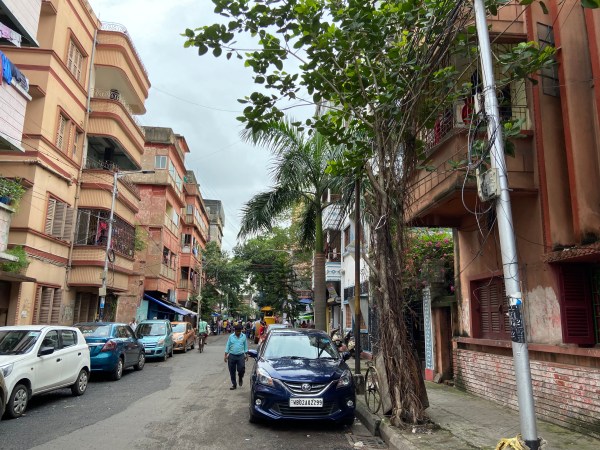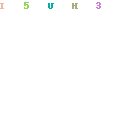At first sight, there isn’t anything remarkable about the narrow lane that is Boy’s Own Library Row in central Kolkata. If it were not for the Kolkata Municipal Corporation’s yellow street sign, it would have been difficult to identify the lane while navigating the many branching by-lanes in the neighbourhood.
Largely residential with a few-odd mishti shops and small commercial enterprises, Boy’s Own Library Row is a quiet neighbourhood. The institute after which this lane is named was not founded at this address, but a 10-minute walk away at 12 Beadon Row. According to the Boy’s Own Library website, the library was established during the 20th century, a result of the cultural and educational developments that were ongoing in pre-Independence Bengal.
The library’s recorded history states that the institute was founded by three school-going teenagers, Krishna Prasanna Ghosh, Jiban Krishna De and Prodyut Kumar Rudra on May 1, 1909, with only “20 books and a wobbly almirah” at 12, Ram Narayan Bhattacharya Lane in the residence of Dr Girish Chandra Dutta, an eminent physician who had allowed the boys use of that space without charging rent.
The library’s recorded history states that the institute was founded by three school-going teenagers, Krishna Prasanna Ghosh, Jiban Krishna De and Prodyut Kumar Rudra on May 1, 1909.
The institute started with eight members, no admission fee or deposit money and monthly subscription of two annas. Two years after its establishment, with increasing numbers of members, the library administration found the need to formally establish rules that would help with the institution’s operations.
Subscriber Only Stories
While the library’s records do not explain what changes the institution underwent in the early years of its existence, it is clear that the library expanded its services to include activities like debating and promoting Bengali fiction and dramas, perhaps requiring more space than what was available in Dutta’s residence. In 1915, the library shifted to another location, a 10-minute walk from its original address, to 7/3 Beadon Street.
 Two years after its establishment, with increasing numbers of members, the library administration found the need to formally establish rules that would help with the institution’s operations.
Two years after its establishment, with increasing numbers of members, the library administration found the need to formally establish rules that would help with the institution’s operations.
Two years later, the library was moved to another location, a seven-minute walk, at 71, Masjid Bari Street in the Girish Park neighbourhood. The library’s archives do not have any information about the constantly changing addresses and why the library’s administration moved the institute so frequently, but in 1920, the library shifted to its first address at 12, Ram Narayan Bhattacharya Lane, that coincided with the 25th anniversary of the library’s establishment; a decision made possibly because Dr Dutta’s home may have become available for occupancy.
Sometime in 1936, the library was moved to 76/2 Bidhan Sarani, just a stone’s throw from Star Theatre in the Hatibagan neighbourhood. The constantly changing addresses may have been rooted in the fact that the library administration was reliant on pre-existing buildings. The library’s website indicates that during that time, the administration was actively searching for plots of land in the city where it could build a library building from scratch. That search ended in October 1961 when the library purchased a 4-kottah plot of land in central Kolkata, the present address of the institution.
Advertisement
The original name of the lane was Dalimtala Lane, writes P Thankappan Nair in his book ‘A History of Calcutta’s Streets’, that extensively documents Kolkata’s urban history. However, there is no information about what the name ‘Dalimtala’ represented. For close to two decades, the lane went by ‘Dalimtala Lane’, as the Boy’s Own Library grew at this address.
Then in May 1981, the West Bengal government held a renaming ceremony for the lane, dropping ‘Dalimtala Lane’ for ‘Boy’s Own Library Row’ in honour of the library that stood on the street.
Boy’s Own Library Row is an integral part of what urban historians of Kolkata have informally designated as ‘theatre-para’ or the ‘neighbourhood of theatres’. The origins of the designation are rooted in the theatres that were established here and flourished particularly in the 1970s and 1980s. There were seven iconic theatres in this neighbourhood-Bijan Theatre, Rangana, Sarkarina, Biswarupa, Rangmahal, the iconic Star theatre and the Boy’s Own Library theatre.
Advertisement
There is little information about the role that the Boy’s Own Library played in the growth of ‘theatre-para’, and the library isn’t usually grouped with some of the more well-known buildings in discussions about the city’s theatre circuit. But it appears to have been an important space, especially for smaller theatre groups, or perhaps, simply people who loved the art. In his book ‘Memories of Arrival’, Adhir Biswas appears to confirm this: “Boy’s Own Library, the hall where space was available at a small price. Unemployed boys and girls used to stage plays, selling tickets to their family, friends and acquaintances,” Biswas writes about the institution.
Although the library’s space has diversified and adapted to the changing city, it still hosts plays produced by local theatre companies.
Source: https://indianexpress.com/article/cities/kolkata/streetwise-kolkata-boys-own-library-row-8126632/
